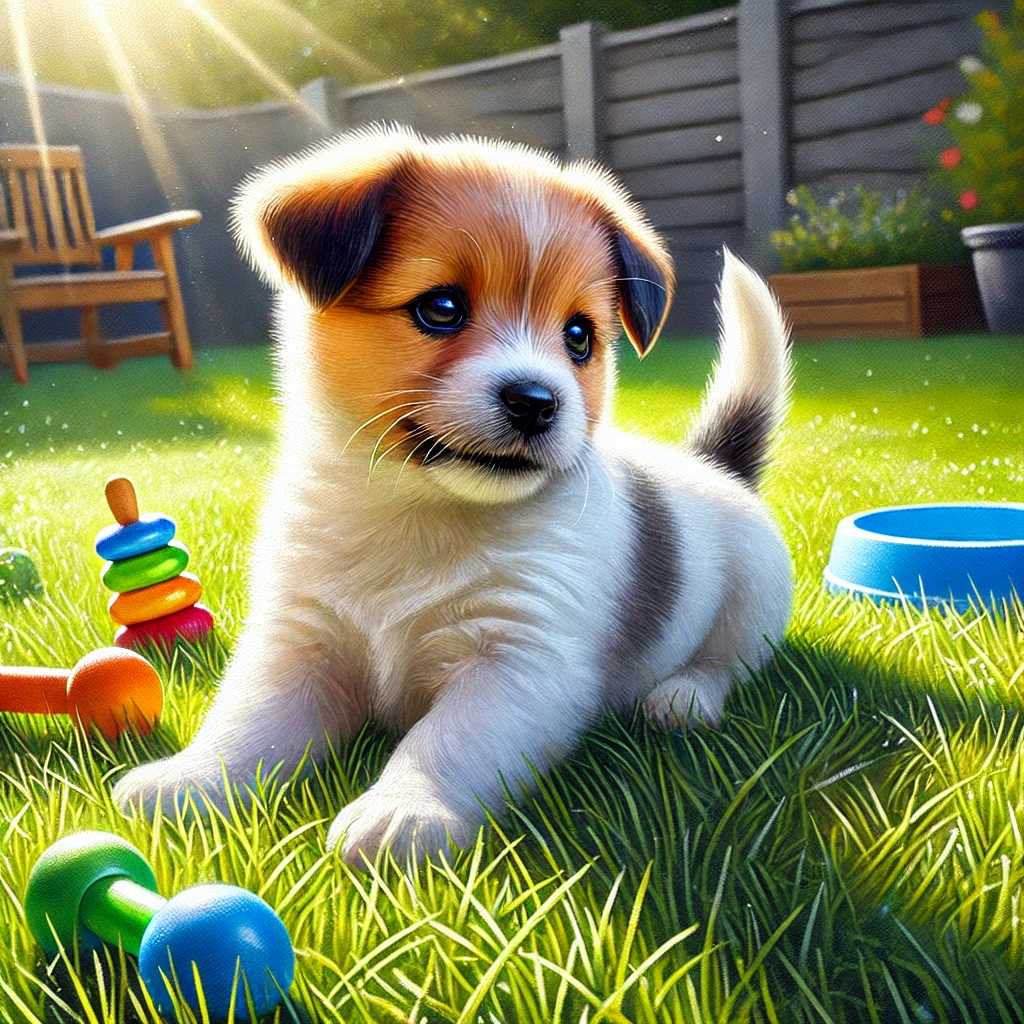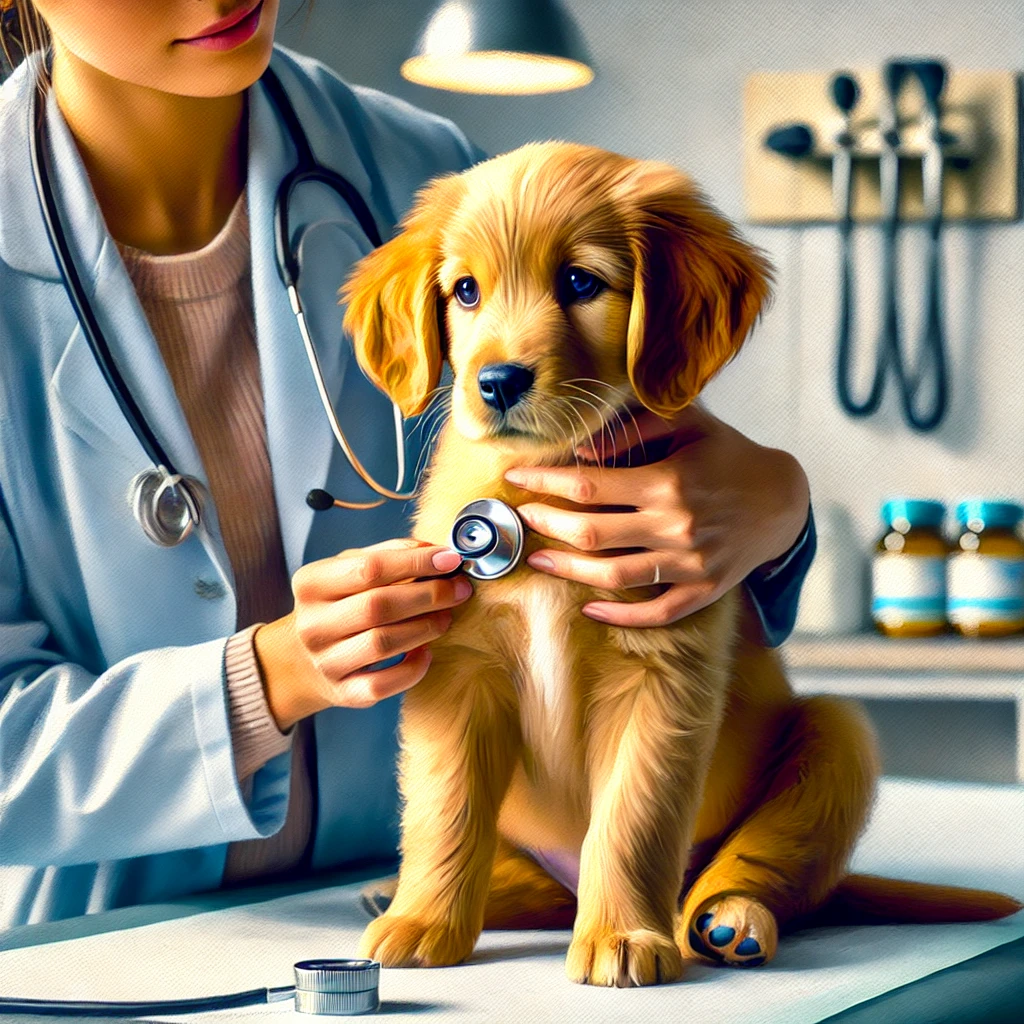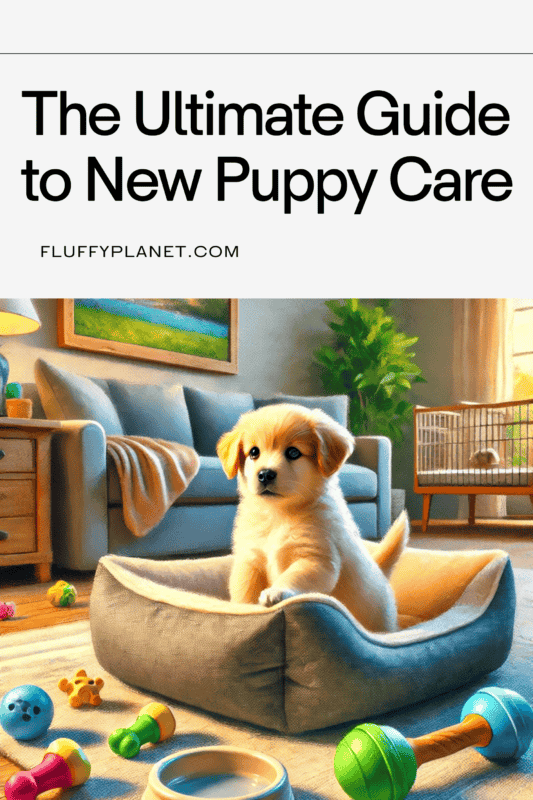So, you’ve got a new puppy, and your life just became infinitely fluffier and a whole lot more fun. Whether you’re a first-time dog parent or a seasoned pet owner, getting a new puppy is like bringing home a tiny whirlwind of joy (and chaos). From potty training to puppy-proofing your home, there’s a lot to handle. But don’t worry—I’ve got your back! This guide is packed with all the essential tips and tricks you need to ensure your new furry friend gets the best start in life.
1. Preparing for Your New Puppy’s Arrival
Before your puppy arrives, it’s time to puppy-proof your home. Think of it like baby-proofing but for a curious ball of energy with sharp little teeth! Remove any hazardous items like electrical cords, small objects, and houseplants that might be toxic if nibbled on. Consider setting up a safe space—a cozy corner with a bed, toys, and a water bowl. This will become your puppy’s go-to relaxation spot and help them feel secure.
Must-Have Puppy Supplies:
- Puppy food: Choose a high-quality brand suited for your pup’s breed and size.
- Food and water bowls: Go for non-slip options to avoid spills.
- Crate: Helps with potty training and gives your puppy a safe place to rest.
- Collar, leash, and ID tag: For all those adorable first walks.
- Toys: To keep those sharp little teeth busy and away from your shoes!
2. The First Few Days: Getting to Know Each Other
Your puppy’s first days at home are crucial. It’s their time to get to know you, and you’ll need to be patient as they adjust. Keep things calm and give them space to explore. They may feel shy, scared, or overwhelmed at first, so let them set the pace. Establish a routine from day one, including feeding times, bathroom breaks, and play sessions. Consistency will help your puppy feel safe and secure.
3. Potty Training: Tips for Success
Ah, potty training—a rite of passage for every puppy parent. The good news? With a bit of consistency and positive reinforcement, your puppy will get the hang of it.
Steps for Potty Training:
- Pick a designated spot: Take your puppy to the same spot each time for bathroom breaks.
- Establish a schedule: Take your pup out first thing in the morning, after meals, and before bed.
- Use positive reinforcement: Praise and reward your puppy when they go in the right spot. Treats work wonders!
- Stay calm during accidents: If your puppy has an accident indoors, don’t punish them. Clean it up calmly and try to learn their signals for next time.

4. Socialization: Raising a Confident Puppy
Puppies need exposure to different people, animals, sights, and sounds to become well-adjusted adult dogs. Socialization is all about making sure they have positive experiences with new things.
Socialization isn’t just about meeting new friends—it’s about making sure your puppy feels confident in various situations, reducing the chances of fear-based behaviors later on.
5. Basic Training: Teaching Essential Commands
Training isn’t just for obedience; it’s an incredible way to bond with your puppy and keep their mind stimulated. Start with simple commands like sit, stay, and come. Use positive reinforcement techniques—this means lots of treats, praise, and belly rubs!
Consistency and patience are key here. Keep training sessions short and fun—puppies have a limited attention span.
6. Health and Wellness: Keeping Your Puppy Healthy
Your puppy’s health is top priority. Schedule a vet visit within the first week of bringing them home for a wellness check, vaccinations, and to discuss a parasite prevention plan.
Health Checklist:
- Vaccinations: Keep up with your puppy’s shots to protect against diseases like parvovirus and distemper.
- Flea and tick prevention: Ask your vet about the best options for your area.
- Nutrition: Feed your puppy a balanced diet and avoid giving them human food (especially chocolate, grapes, and onions—they’re toxic for dogs!).
- Exercise: Puppies have tons of energy, but they also need plenty of rest. Short play sessions are better than long ones to avoid overexertion.

7. Grooming: Start Early for a Well-Groomed Pup
Grooming isn’t just about keeping your puppy looking cute (although that’s a major bonus). It’s also essential for their health and comfort. Get them used to being brushed, having their nails trimmed, and getting their ears cleaned from an early age.
Grooming Tips:
- Brush regularly: Choose a brush suitable for your puppy’s coat type.
- Bathe only when necessary: Too many baths can dry out their skin.
- Trim nails: If you can hear their nails clicking on the floor, it’s time for a trim.
- Check ears and teeth: Regularly inspect their ears for signs of infection and brush their teeth with dog-safe toothpaste.
Final Thoughts
Caring for a new puppy is a whirlwind of fun, responsibility, and a few sleepless nights. But it’s all worth it when you see that little tail wagging or get the first puppy kisses. Remember, every puppy is different—what works for one might not work for another. Be patient, enjoy the journey, and before you know it, you’ll have a loyal, loving companion by your side for years to come.
Welcome to the wild, wonderful world of puppy parenting!



